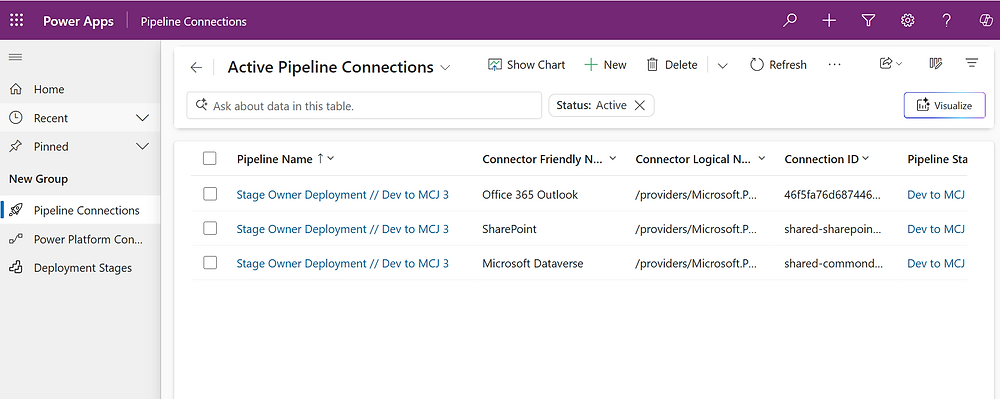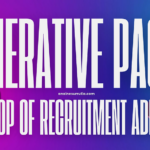Now Reading: Dynamics 365 – CDS from Hack to Innovation
-
01
Dynamics 365 – CDS from Hack to Innovation
Dynamics 365 – CDS from Hack to Innovation

The Common Data Service (CDS) is suddenly the talk of the town. The potential power of this service is fast becoming a significant differentiator in the competitive landscape. But did this innovative technology start life as a “Hack”?
It does What?
Several years ago, I got a frantic call from a customer about something he just realized that his CRM needed to do. I remember being very busy at the time, but I managed to spare 30 minutes to knock something out real quick for him. About a week later he calls and says that whatever I did, solved his issue, though not the way he expected. I was thinking “Uhoh, did I not understand the requirement?“. As I was expecting him to tell me to redo it, he said “It works fine, but it also seems to have solved several other unrelated issues we were having… was that intentional?” To which I replied “Yes, of course!“. To this day, I do not know what the other issues were that I accidentally solved for him, but my Dad taught me to always take the credit when given the opportunity.
Dynamics 365 Pre-Launch
I was at the Worldwide Dynamics PAC Meeting where they announced that the new “Dynamics 365” was coming. No more CRM Online, AX or Nav, it would soon all be “Dynamics 365”. As I looked around the room I saw what my face must also have looked like: confused. What does this mean! Is everything going to be smushed together into one product? Do I have to re-learn everything I know? Again? “Business Edition”? What the hell is that? Is this a new platform? Plans that include CRM and ERP? How will that work? The team assured us that all would be revealed in due time, and attempted to calm us by saying the new Licensing model would much simpler… uh.
The Misinformation Age
In the days and weeks that followed, chaos reigned, and misinformation was rampant. I was a participant in that, uninformed opinions have a tendency to become misinformation as they get passed along by others as “facts”. As Microsoft doled out additional information at what seemed like an excruciatingly slow pace, we were all like “Ah, I get it now” followed in the next breath by “but wait, what about xyz“. One of those xyzs was how are these products going to talk to each other. If you are offering them as a “Plan”, won’t that require some kind of 3-party integration tool to realize?
The Common Data Model
The solution that Microsoft announced for this end-to-end experience was then called the Common Data Model. We did not get much more information than that at the time, so let the misinformation machine resume churning. Are they merging these three platforms onto a single database? How will that work? Seems like they would have to start over. I was told at the time, that while that was the end goal, the Common Data Model would hold us over until then. I remember thinking “Great, we’re going to market with a huge “Hack” holding us together“. In hindsight, I don’t know if was even true at the time, and the person who told me that has since left Microsoft.
The Common Data Service
At some point, maybe because of the confusion over the term “Data Model”, the name was changed to Common Data Service. Yes, that was a much better name for a Hack. Since these platforms don’t natively talk to each other, we built a Hack Service, to do that job. It would not be the first time that partners had to tell the King that he forgot his pants. And that may not be what happened at all as far as I know. But if there was a discussion about merging these three platforms into a single database, it was a short one. Here you have 3 completely different platforms, 2 by acquisition, with very little in common with each other. Completely different data models, development methods, customer uses, etc.. But they were also in wide use. You can’t get there from here. There had to be a middleman.
From Hack to Innovation
Sometimes, when looking at the solution you created for a problem, the wheels start turning. What may have started out as a Hacked Data “Interpreter”, just to get platforms to mimic an end-to-end solution, suddenly gets interesting. To me, a Hack is not necessarily bad, it is just a hastily created “patch” to a problem. I would guess that a great many applications started life as a Hack. After Microsoft solved the “Data Interpreter” problem, somebody was looking at the solution and thought, “Hmm, I wonder if we could use this thing we made for this, to do other things.” And just like that, a Hack becomes an Innovation. I’m sure if you asked the team today, if that was their intention all along, they would probably say… “Yes, of course!”
For an interesting podcast on the Common Data Service, I recommend you check out Episode 17 of the Dynamics Podcast
For Microsoft information on the Common Data Service, check out this link: https://docs.microsoft.com/en-us/common-data-service/
The post Dynamics 365 – CDS from Hack to Innovation first appeared on Steve Mordue MVP.















